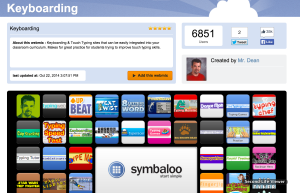How do we teach STEM using exciting and crazy devices like Rube Goldberg Inventions?
Today I have the opportunity to share my ideas and experiences with doing just that. I will begin by introducing the facets of STEM education along with 8 essential elements for Problem-Based Learning which is the basis of effective STEM education.
Here are some of the materials I used and the resources I have consulted for this presentation. Some of the materials I will be covering are also covered in previous Dr. Z Reflects postings so you will find some links at the bottom of this post.
Today I have the opportunity to share my ideas and experiences with doing just that. I will begin by introducing the facets of STEM education along with 8 essential elements for Problem-Based Learning which is the basis of effective STEM education.
Here are some of the materials I used and the resources I have consulted for this presentation. Some of the materials I will be covering are also covered in previous Dr. Z Reflects postings so you will find some links at the bottom of this post.
Rube Goldberg-Related Resources:
- 2015 Statewide Teaching and Learning Conference
- Teaching STEM Elements Using Rube Goldberg Inventions Powerpoint slideshow
- Nationalacademies - STEM Integration in K-12 Education - GREAT 4 minute video!!
- StemAdvantage.org - Good source for STEM Stats
- TeachThought - Incredible Education Blog
- Difference between Projects and Project-Based Learning
- Buck Institute for Education - Leading resource for Problem-Based Learning
- Rube Goldberg Inc.
- Purdue University 2014 Rube Goldberg Winners
- Invent Tomorrow Links - List of the links I used sharing Rube Goldberg resources.
- Rube Goldberg Ideas video


























